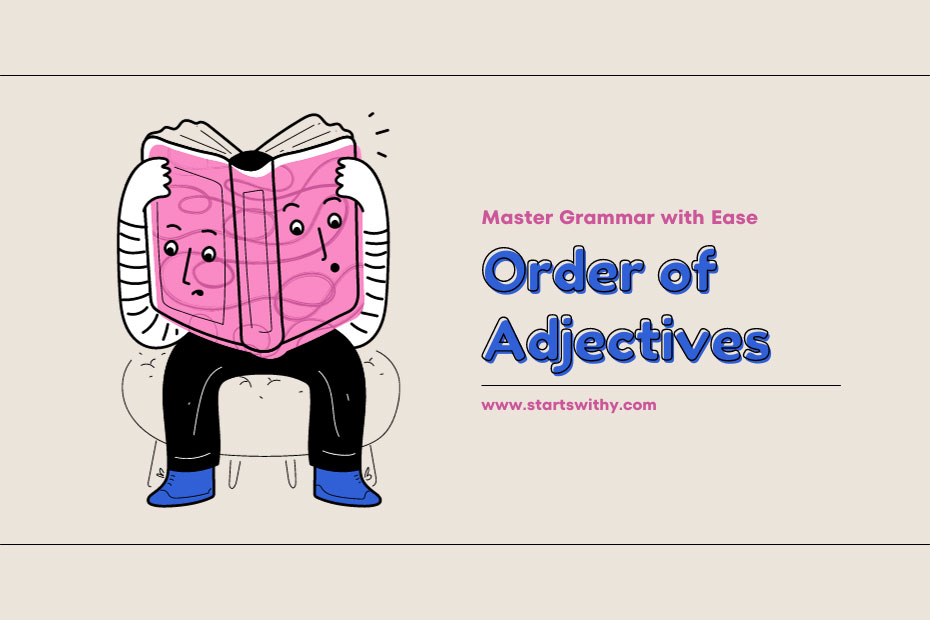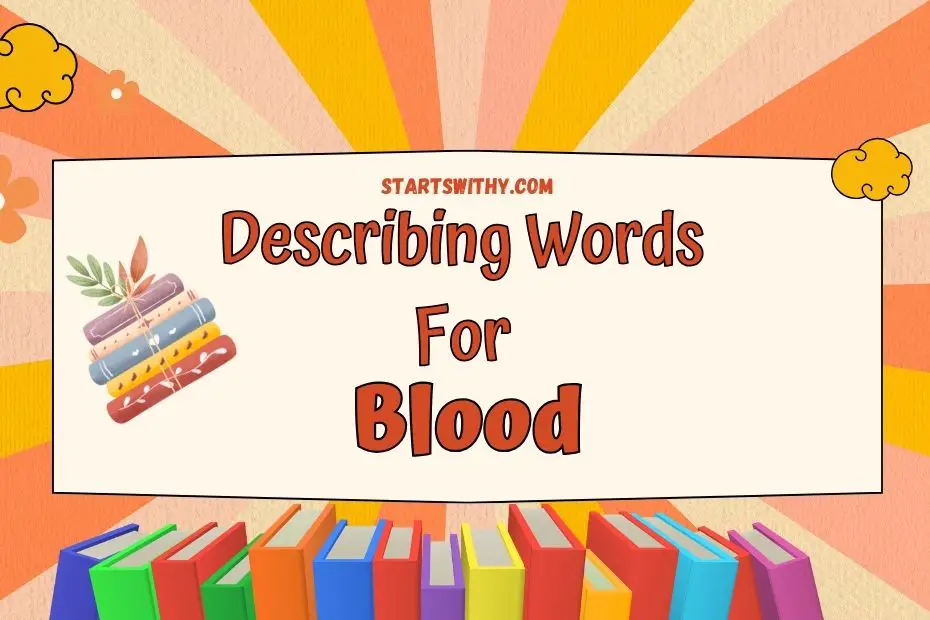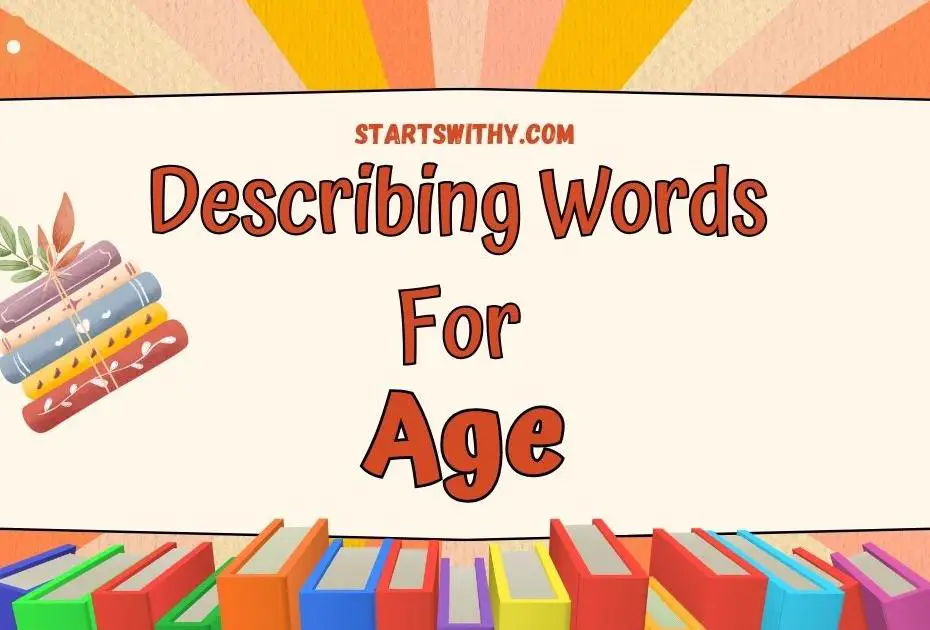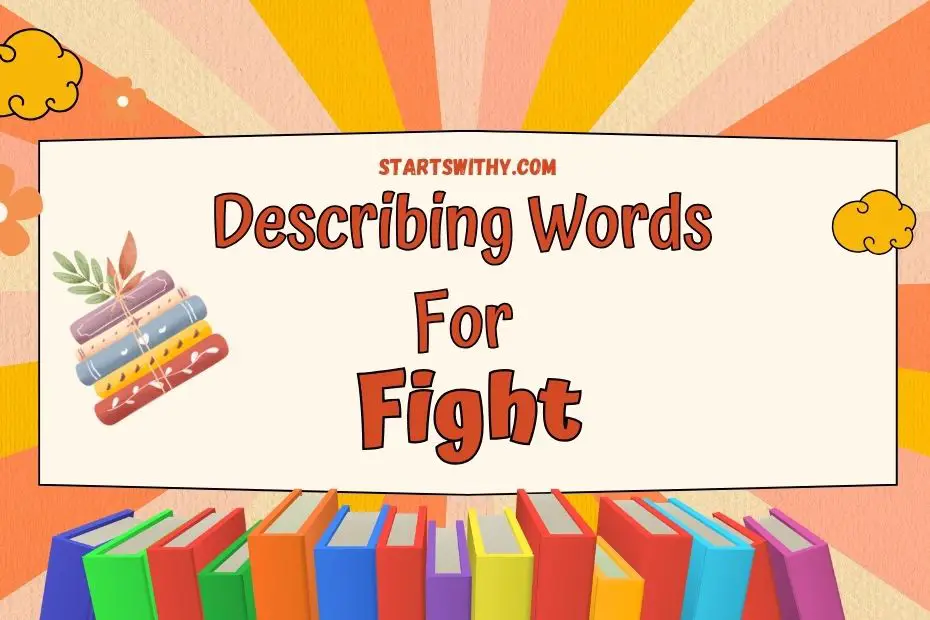Ever stumbled over your words trying to describe that “big old green antique wooden chest”? You’re not alone. The English language has a specific order for adjectives, and it’s a game-changer once you get the hang of it. I’m here to guide you through the maze of adjectives, ensuring your descriptions are always spot-on.
Getting the order right can make your writing flow better and help your readers visualize exactly what you’re talking about. Whether you’re penning a novel or crafting an email, mastering the order of adjectives is a skill that’ll set your prose apart. Let’s dive in and make sense of this helpful grammar rule together.
The Importance of Adjective Order
As I delve into the essentials of grammar, I’ve found that understanding the importance of adjective order is not just about adhering to rules; it’s about clarity and expression. When adjectives are placed in the correct sequence, the nouns they describe are depicted more vividly, making the communication with young learners both engaging and effective.
Imagine introducing a child to the concept of size before color. Instead of a “red big ball,” I guide them towards the “big red ball.” It’s more intuitive, isn’t it? This order comes naturally to native speakers, but for those learning English, it’s a critical stepping stone. By teaching this, educators help children form clear and picturesque descriptions from an early age, fostering a love for language.
I always emphasize to educators the visual context that correct adjective order can provide. For example, when I describe “the small, round, fuzzy peach,” I’m painting a precise picture that a child can easily visualize and understand. It allows the imagination to expand within a structured framework, enriching the learning experience remarkably.
Linguistic nuances such as this play a pivotal role in early childhood education. They set the foundation for effective communication and literacy skills. By introducing these concepts in simple, digestible formats, children not only learn to structure their sentences correctly but also to appreciate the beauty of a well-formed phrase.
As children grow, their grasp on language becomes more sophisticated. Recognizing how the arrangement of words can alter meaning equips them with the tools to decode the intricacies of English. Consequently, they develop a keen awareness of language, which is instrumental in their journey of lifelong learning and expression.
In my experience, incorporating exercises and examples that highlight the right order of adjectives serves as a valuable teaching strategy. I’ve observed a marked improvement in how children describe their world when they’re guided through this aspect of grammar. With mindful practice, the correct order becomes second nature, enriching their communication skills immensely.
Understanding the Order of Adjectives
When teaching young minds, it’s essential to provide them with grammar rules that are both accessible and practical. The order of adjectives in English might seem daunting at first, but it follows a pattern that, once learned, comes naturally to native speakers. I’ve found that breaking down this rule into smaller parts can make it much easier for educators to convey and for children to grasp.
Typically, adjectives follow a specific sequence: quantity or number, quality or opinion, size, age, shape, color, proper adjective (often nationality, other place of origin, or material), and purpose or qualifier. Let’s take a closer look at how this order plays out in descriptive phrases.
- Quantity or Number: This denotes how many items or how much of something there is. For example, ‘six’ in ‘six apples’.
- Quality or Opinion: These are subjective adjectives that describe a state or judgment, such as ‘scruffy’ in ‘scruffy dog’.
- Size: Refers to how big or small something is, like ‘tiny’ in ‘tiny kitten’.
- Age: Tells us how old something is; ‘ancient’ as in ‘ancient artifact’.
- Shape: Describes the form, such as ‘circular’ in ‘circular table’.
- Color: Indicates the color, like ‘vermillion’ in ‘vermillion dress’.
- Proper Adjective: Linked to a specific name or place, for instance, ‘Victorian’ in ‘Victorian architecture’.
- Purpose or Qualifier: Explains what something is used for or its function, such as ‘sleeping’ in ‘sleeping bag’.
By introducing these categories to children with clear examples, educators can help them understand why we say a ‘lovely little old rectangular green French silver whittling knife’ and not a ‘green lovely little French old rectangular silver whittling knife’. The precision in word order here makes all the difference in painting a clear picture and ensuring the listener or reader grasps the exact meaning intended.
Demonstrative Adjectives: Their Place in the Order
When I’m guiding educators, particularly those working with very young children, I emphasize the subtleties of grammar that can be easily integrated into everyday learning. One aspect that deserves attention is demonstrative adjectives—words like “this,” “that,” “these,” and “those.” Their placement within the order of adjectives is quite specific and is crucial for crafting sentences that feel natural and are grammatically sound.
Typically, demonstrative adjectives take precedence in the sequence because they immediately point out which noun we’re talking about. Let’s say you’ve got a pile of apples. If you choose one and say, “This Red Apple,” you’ve used a demonstrative adjective (“this”) followed by a color adjective (“red”) before the noun (“apple”). This structure helps kids identify and differentiate between items effectively.
In my teaching materials, I include enjoyable activities that reinforce the place of demonstrative adjectives. For instance, I might lay out an array of colorful balloons and ask the children to pick “That Big Blue Balloon” or “These Small Green Balloons.” By engaging with tangible objects and corresponding adjectives, they internalize the order subconsciously.
It’s vital to remember that the consistency offered by upholding the correct order of adjectives, including demonstratives, aids in avoiding confusion. I ensure to provide plenty of examples where demonstrative adjectives are used in different contexts to cement their position in a child’s vocabulary. Whether it’s “that old wooden chair” or “these fluffy yellow chicks,” the children learn to navigate the language landscape with more confidence.
Moreover, integrating games where children can practice selecting the appropriate demonstrative adjective enhances their grasp on the concept. It also allows them to explore language in a supportive environment where they can learn from each other. Through repetition and reinforcement, these young learners begin to use the correct order of adjectives spontaneously in their daily speech, which is a clear indicator of successful language acquisition.
The Order of Quantity Adjectives
When teaching preschoolers the subtleties of the English language, it’s crucial to start with the basics. Quantity adjectives are an excellent starting point because they introduce the concept of amount, which is highly relatable to young learners. In the usual order of adjectives, these come first and are quite straightforward; they tell us ‘how many’ or ‘how much’ of something there is. This group includes words like ‘many’, ‘few’, ‘several’, or numerical adjectives like ‘one’, ‘two’, or ‘three’.
I find it effective to incorporate visual aids and real-life scenarios when explaining quantity adjectives. Children relate better to their own experiences, so using familiar objects like toys or fruits can work wonders. For example, I might say “I have three red apples” instead of “I have apples three red”. By presenting the quantity adjective ‘three’ before ‘red’, a color adjective, I demonstrate the natural flow of English phrasing.
To solidify their understanding, I create activities where kids can practice placing quantity adjectives in the right order. Some of these activities include:
- Sorting games where children arrange words into the correct adjective order.
- Storytelling sessions where they describe pictures using adjectives.
- Collaborative games where they build sentences with peers using physical word cards.
As they progress, I introduce larger numbers and more abstract concepts such as ‘some’ and ‘many’. It’s vital to reinforce that quantity adjectives will almost always precede thoughts on quality, size, or any other descriptor. It’s this consistency that aids their language development and builds a firm foundation for more complex grammar rules ahead.
These activities not only teach but also engage young minds, making the learning process both enjoyable and memorable. Patience and consistent practice are key as we pave the way to literacy for the children in our care. Each successful step they take in mastery of adjective order enhances their communication skills, leading to more articulate and confident young speakers.
Conclusion
“Order of Adjectives” has equipped you with the key to conquering a seemingly tangled subject. No more head-scratching over adjective placement! You’ve learned the logical sequence, from opinion and size to age and color, that makes your descriptions flow naturally and your grammar sing. Remember, practice makes perfect, so keep putting your newfound knowledge into action. Soon, you’ll be stringing together elegant phrases and banishing awkward adjective jumbles to the dusty attic of linguistic faux pas. Go forth and write with confidence, knowing that your word order reflects the clarity and precision of your thoughts!



